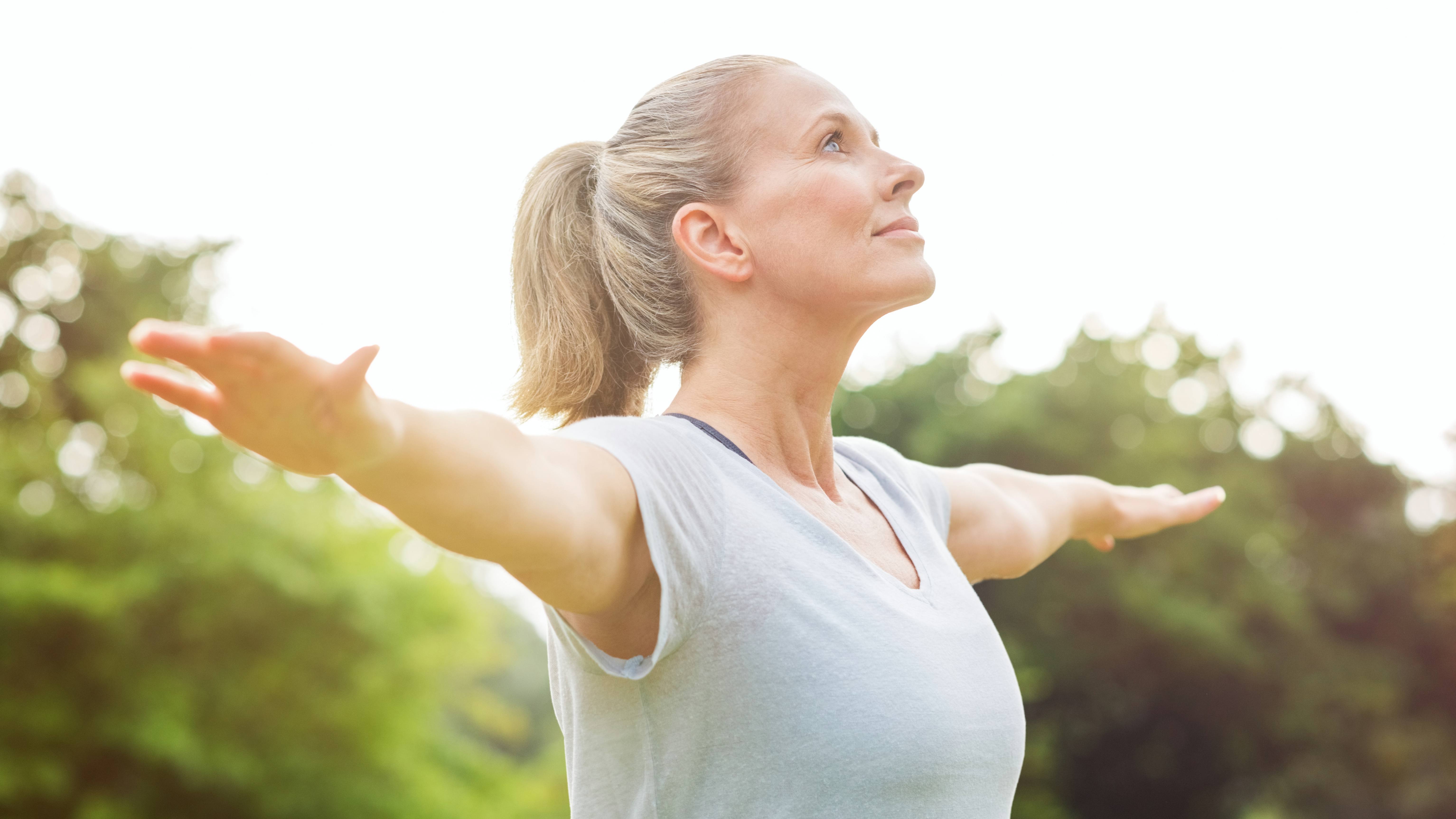-
Boost long-term health with balance training

Incorporating balance training into your fitness routine can improve exercise performance, and help prevent falls and injuries.
“Balance training improves your body’s ability to react quickly to everyday missteps, which, in turn, helps prevent falls,” says Paul Winey, a Mayo Clinic Health System physician assistant. “Improved performance and injury prevention can also be significantly influenced with balance training during exercise.”
Whether you’re standing, kneeling, sitting or squatting, balance refers to the ability to stay upright and steady. Several sensory systems in your body contribute to good balance, explains Winey. Your vision, inner ear and joint receptors provide a sense of where your body is in space. The neuromuscular system synthesizes this information to give you the stability you need to keep your body upright, with your weight evenly distributed.
Winey suggests these techniques to incorporate balance activities into your day:
- Change your base of support.
Start by standing with your feet closer together, walking by putting one foot directly in front of the other. Work your way up to balancing on one leg. Then you can pretend you’re on a balance beam, which will require you to stand with your feet closer together and walk by putting one foot directly in front of the other. And you can pretend you’re a flamingo, which will help you practice balancing on one foot. This can be done while making dinner, watching the news or waiting for your coffee to brew. - Change your surface.
While you're used to standing on flat ground, part of balance training is learning to stand on uneven surfaces. These uneven surfaces can include pillows, mats, foam pads or disks, and balance balls. Try standing with your feet close together or on one leg if you’re able. You also can look for variable terrain to walk on, such as a hiking trail or sandy beach. Standing on a floating dock or bridge can be a fun challenge. - Close your eyes.
Closing your eyes while balancing can be tricky, but it’s a good exercise to work up to. Try closing your eyes while standing with your feet together, pretending to walk on a balance beam, balancing on one leg or walking on a varying surface. You may need to rely on a partner for support. - Turn your head, or look up and down.
While engaging in the foot and leg positions, as noted above, turn your head or look up and down. You also can try this while balancing on an unstable surface. If you’re feeling up to the challenge, try both at the same time. And close your eyes too. - Add movement elsewhere.
While standing on one leg, put your arms out in a "T" position and make small circular motions for 30 seconds. Then try it in the opposite direction. You can work your way up and increase your time. Try simultaneously turning your head side to side once this becomes easy.
“Tailor these exercises to your skill level,” says Winey. “You should be challenged but not to the degree that it’s difficult to perform them safely. Strive to incorporate balance exercises into your life for at least a few minutes each day.”
Winey adds that you can always try a class designed to challenge and enhance your balance, such as tai chi, Pilates or yoga.
Related Articles







